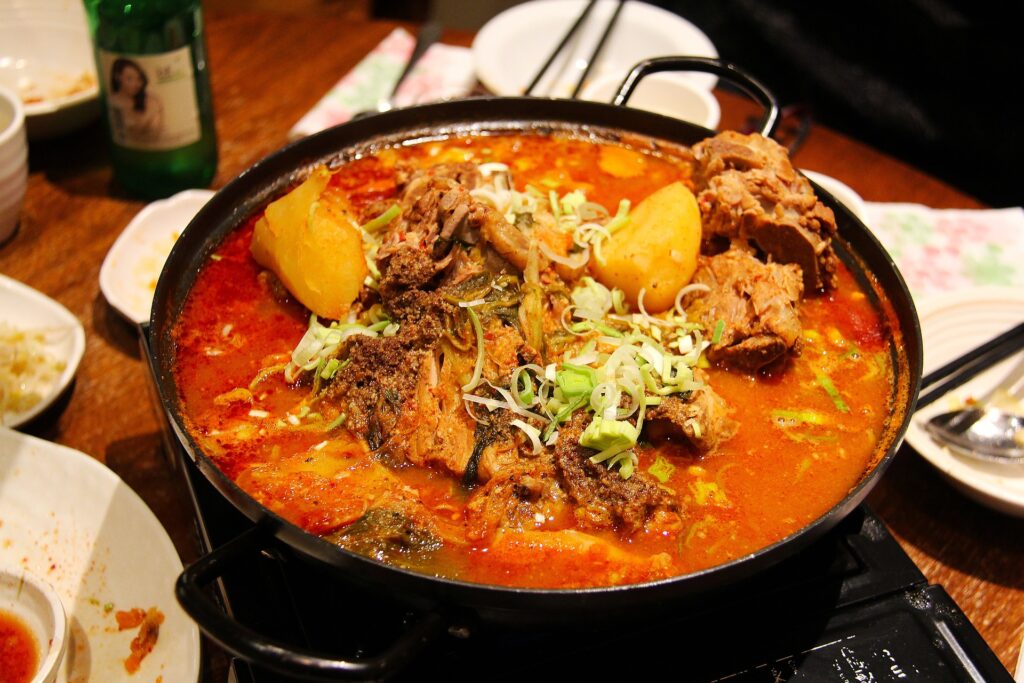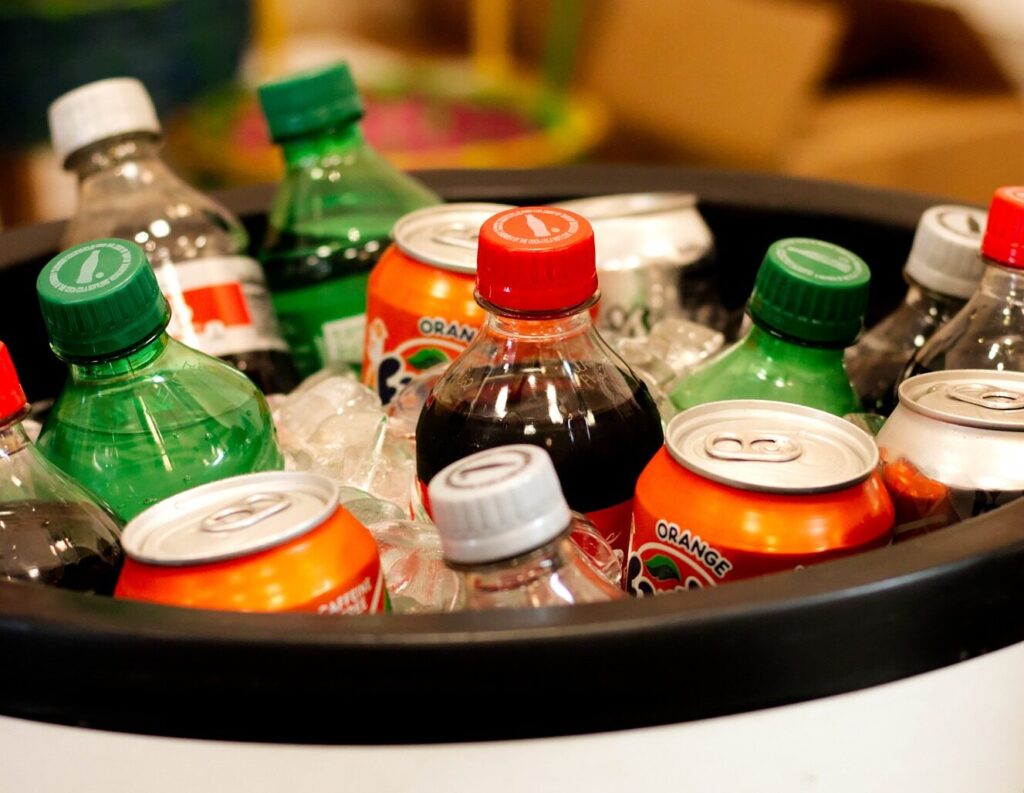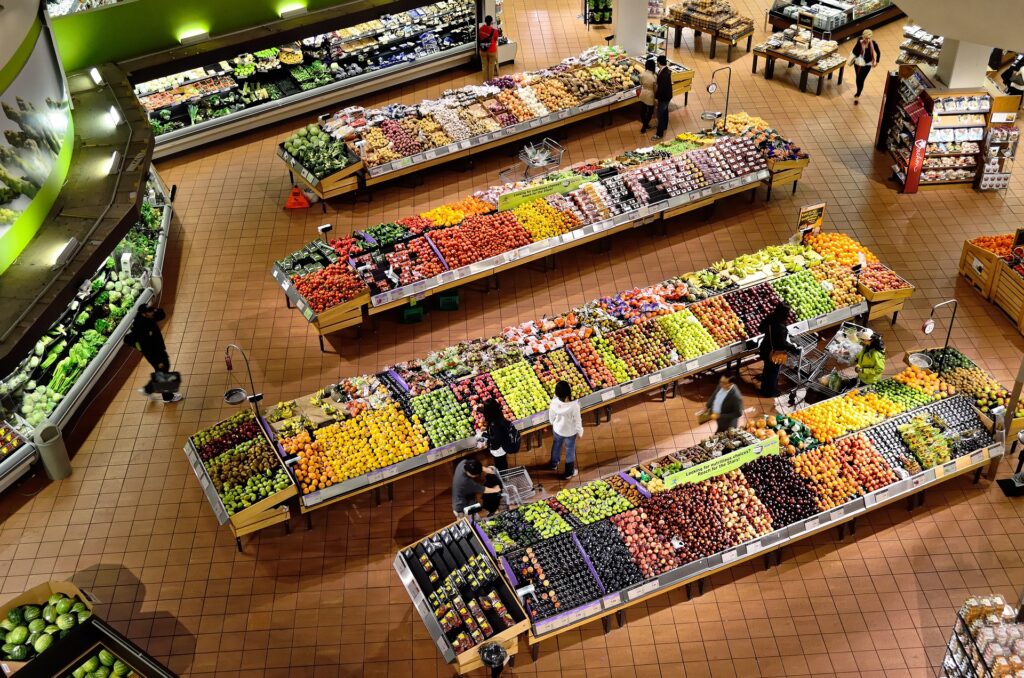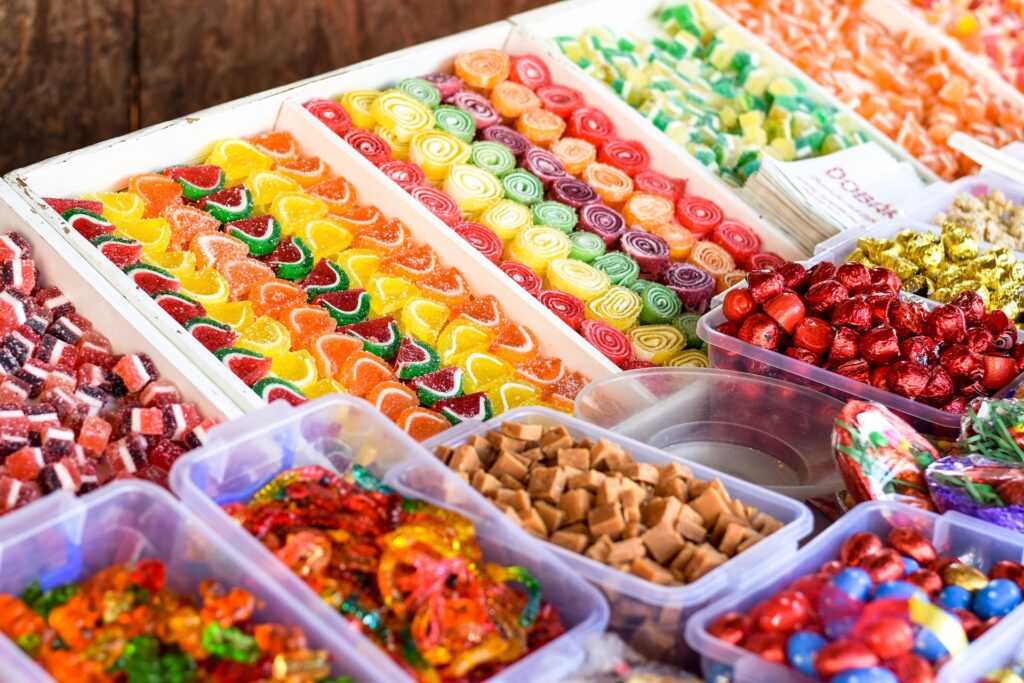Starting the process of weaning your child off of breast milk is a big change for both mother and child. It’s important to handle this stage carefully as you say goodbye to exclusive breastfeeding and start adding solid foods to your baby’s diet, making sure that the foods you provide promote healthy growth and development. It’s critical to know which foods to avoid after breastfeeding in order to protect your baby’s health and wellbeing. We’ll get into the specifics of what foods to avoid after weaning in this in-depth guide, giving you practical advice on how to choose the right foods for your child’s nutrition.

Intoxicants and Hypersensitivity
Wheat: Although bread and pasta, which are made from wheat, are common foods in many diets, some newborns may develop sensitivities or allergy to them. You can determine your baby’s tolerance by starting with grains like rice or oats and introducing wheat items gradually.
Soy Products: Another common allergen that might have negative effects on an infant’s health is soy, which can lead to skin rashes or digestive distress. When introducing soy-based foods to your infant, proceed with caution and pay close attention to how they react.
Fish and Seafood: Due to possible developmental hazards, several fish species, especially those high in mercury like swordfish and king mackerel, should be avoided throughout infancy. Furthermore, shellfish may cause allergic reactions in those who are sensitive, therefore it is best to introduce them later in infancy.
Citrus Fruits: Although high in vitamin C, citrus fruits can upset your baby’s sensitive digestive tract due to their acidic nature. When introducing citrus fruits to your infant, such as oranges and grapefruits, wait until their gastrointestinal tract has further developed.
Strawberries and Kiwi: Although these mouthwatering fruits are healthy additions to an adult diet, certain babies may be allergic to them. When introducing these fruits to your infant for the first time, keep an eye out for any indications of an allergic response, such as hives or swelling.

Texture issues and Choking Hazards:
Firm Candy and Chewing Gum: Because of their small size and firm texture, these goods offer a serious risk of choking for newborns. Store them out of reach and use safer teething toys or baby-specific snacks instead.
Tight Pieces of Meat or Cheese: Although meat and cheese are great providers of calcium and protein, tight pieces might provide choking hazards for your infant. To lessen the chance of choking, make sure these foods are sliced into small, manageable pieces.
Sticky Foods: Gummy candies and marshmallows are examples of foods with a sticky or sticky texture that might stick to your baby’s throat and restrict their airway. Wait till your child is older and more capable of chewing and swallowing these things safely before giving them to them.
Raw Vegetables: Your infant may find it difficult to chew crunchy raw veggies like celery or carrots, which increases the danger of choking. When these veggies are tender enough for your infant to handle, steam or gently simmer them.
Tough Skins and Seeds: To avoid choking, cut fruits with tough skins, like grapes or cherry tomatoes, in half or quarters. Similarly, before giving your infant any fruit, such as watermelon or cantaloupe, remove the seeds.

High-processed and sugar-filled food
Packaged Snacks: A lot of commercial snack items aimed for kids are loaded with artificial flavors, added sugars, and preservatives. Choose complete, minimally processed snacks such as cheese, whole-grain crackers, or fresh fruit to encourage good eating habits from a young age.
Sugary Drinks: In young children, sugar-sweetened drinks including fruit juice, soda, and flavored milk can cause weight gain and dental damage. For your infant’s main liquids, stick to water or breast milk/formula; save fruit juice for special occasions and little amounts of it.
Processed Meats: Hot dogs and deli meats frequently include high levels of sodium and nitrates, which are harmful to the developing kidneys of your child. Lean pieces of fresh chicken or pork provide better choices.
Fried meals: Although they could be enticing quick fixes, fried meals like chicken nuggets and French fries are heavy in harmful fats and have little nutritious benefit. To cut down on fat, bake or grill meals instead of frying it.
Sweet goodies: Limit your baby’s exposure to sugary goodies like cakes, cookies, and candies, even though the occasional sweet treat is acceptable. These products raise the risk of obesity and dental issues as well as poor eating habits.

Foods That Are Spicy and Acidic
Spicy Seasonings: Your baby’s delicate palate and digestive system may be bothered by strong spices like cayenne pepper, chili powder, or hot sauce. To prevent any negative responses, gradually add tastier seasonings while keeping an eye on your baby’s reaction.
Acidic meals: Certain newborns may get diaper rash or worsen acid reflux after eating tomatoes, citrus fruits, and meals with vinegar, such as pickles or salad dressings. Serve these acidic meals in moderation and see how your infant responds to them.

Foods that Cause Gas
Cruciferous plants: Although nutrient-dense, plants like broccoli, cauliflower, and cabbage can cause gas production in your baby’s digestive system, which can cause discomfort and bloating. To help your child absorb these veggies better, steam or puree them.
Legumes: Although beans, lentils, and peas are great providers of fiber and protein, some babies may have gas and pain in their abdomens. Dried legumes might release less gas if they are soaked before cooking.
Onions and garlic: These flavor-enhancing veggies might upset sensitive people’s stomachs, but they also add taste to food. To reduce the possibility of any gastrointestinal problems for your baby, cook them well and just use a small amount in their meals.
Carbonated Drinks: Your infant may experience discomfort and fussiness as a result of too much gas entering their digestive tract from carbonated drinks like soda or sparkling water. To stay hydrated without the extra fizz, stick to still drinks like water or diluted fruit juice.
High-Fiber Foods: Although too much fiber can strain your baby’s developing digestive system, it is necessary for digestive health. To avoid constipation, gradually introduce foods high in fiber, like as whole grains and beans, and make sure your infant drinks plenty of water.

Conclusion
Weighing your baby’s nutritional requirements and preferences is a crucial step when it comes to moving from nursing to solid foods. You may set the stage for your child’s diet to be healthy and balanced by avoiding common allergens, choking hazards, processed and sugary meals, hot and acidic components, and foods that cause gas. Always remember to gently introduce new foods, pay close attention to your baby’s reactions, and seek advice from a trained nutritionist or your pediatrician if you have any questions or concerns along the way. You may support your baby’s growth and development and inculcate lifelong healthy eating habits by being patient, diligent, and emphasizing wholesome whole foods.



Pingback: When Can Babies Eat Chocolate? – theinfantworld.com